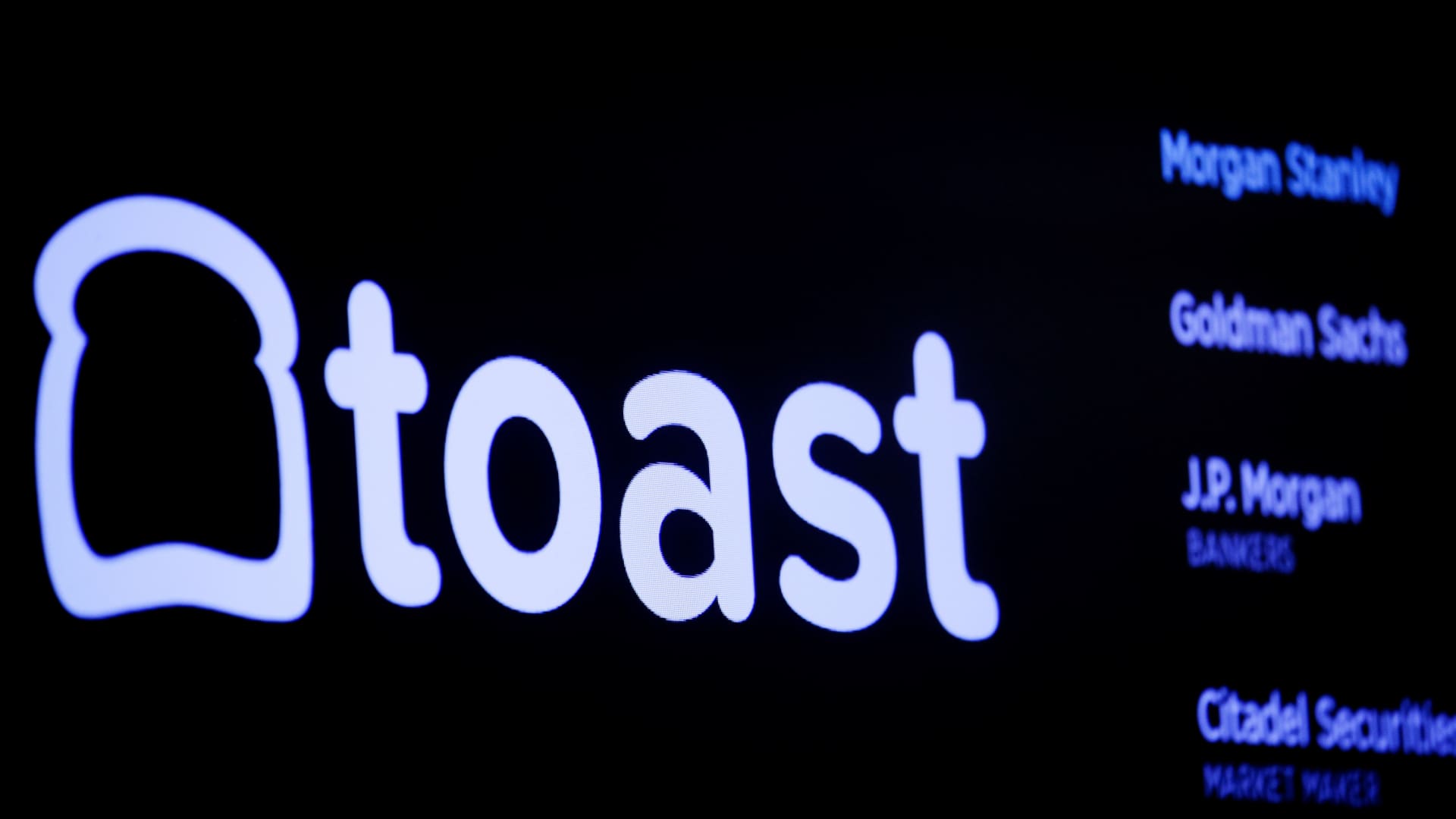
Toast Inc. (TOST) , a leading provider of cloud-based restaurant management software, trades at approximately $40.75, firmly entrenched within a $30 to $50 trading range observed over the past six months. This consolidation reflects the benefit of steady operational progress and the headwinds of an economy experiencing relatively slow growth, a stretched consumer and relatively high valuation. The combination of technical, fundamental and macroeconomic factors supports a range-bound outlook, tempering expectations for significant breakouts (or breakdowns) absent a major catalyst. When combined with relatively high options premiums, 3-6 month implied volatility is close to 50%, Toast may present an interesting candidate for a “short strangle.” What is a strangle? A “strangle” options strategy typically combines an out-of-the-money call option with an out-of-the-money put option of the same expiration. If one buys the OTM call and buys the OTM put, one is said to be ” long ” the strangle. If one sells the OTM call and sells the OTM put, it is said to be ” short ” the strangle. Note that in a strangle, the trader either buys both options or sells both options, generally in the same quantity. The technical setup TOST’s 52-week low is $27.09, which it hit in September 2024. The recent 52-week high of $49.30 is actually the highest level since late 2021, following the company’s September 2021 IPO. It has fallen about 16% since then. The $30 level aligns with multimonth lows tested in early 2025 amid broader market rotations away from high-growth tech names, while $50 serves as a psychological and historical resistance — repeatedly rejected during rallies in August and September. Recent trading volumes, averaging below 5 million shares daily, indicate subdued investor conviction, with the stock oscillating between $40 and $45 over the past two weeks. Moving averages such as the 50-day at $42.50 and 200-day at $38 further reinforce this channel, as crossovers have failed to generate sustained momentum. Without a volume surge or external trigger, such as Federal Reserve policy shifts, TOST is likely to respect these boundaries, mirroring patterns seen in peer software firms during uncertain economic phases. How are the fundamentals? Fundamentally, Toast demonstrates resilient but unaccelerating growth, capping upside potential. Second-quarter 2025 results, released August 5, showed annual recurring revenue (ARR) expanding 31% year-over-year to $1.9 billion, driven by a 24% increase in locations to over 100,000. However, adjusted earnings per share of 13 cents missed consensus estimates by 10 cents, highlighting margin pressures from elevated sales and marketing costs. Management’s full-year 2025 guidance for recurring gross profit growth of 24% — down from 32-33% in 2024 — signals a moderation in expansion. Valuation metrics further anchor TOST within this range. At a trailing price-to-earnings ratio of 105.46 and a forward price-to-sales multiple exceeding 5x, the stock commands premiums reflective of its SaaS model but vulnerable to repricing in a risk-off environment. Analyst consensus, drawn from 24-34 firms, rates TOST a buy with an average price target of $45.42 to $52.17 — implying 10%-25% upside from current levels but clustering near the $50 resistance. High-end targets of $60 remain outliers, contingent on flawless execution, while lows at $40 underscore downside risks from earnings volatility. Assuming the company is able to achieve $1 per share in adjusted EPS for the prior 12 months in or around the first or second quarter, and assuming (as sell-side analysts are currently projecting) that represents an annual net income growth rate in the mid 30s, one might reasonably value the stock somewhere between 35-40x forward earnings estimates, so lets say 40x 1.35 or ~$54/share seems reasonable as an 18 month price target. To achieve that sooner, several factors need to align, including continued strength for equities generally, which are starting to feel a bit extended, and for TOST specifically, which has been underperforming over the past couple of weeks. Macroeconomic tailwinds are equally muted. The restaurant sector, Toast’s core market, faces softening consumer spending amid persistent inflation and potential labor market cooling, with U.S. GDP forecasts for Q4 2025 hovering at 2.1% — below trend. Heightened sensitivity to discretionary outlays could pressure location additions, while broader tech sector rotations favor established names over mid-cap disruptors like TOST. An example trade Assuming one believes that TOST is unlikely to exceed $50 before January expiration (which would represent fresh four-year highs) or fall below $30 per share, this year’s lows, one could sell the January 33/50 strangle. (You’ll notice the put strike is slightly above the $30 level because the premium collected on the strategy would actually result, if assigned, in a purchase of the shares at a basis of $30.27/share, very close to the $30 level). That trade would look as follows… DISCLOSURES: None. All opinions expressed by the CNBC Pro contributors are solely their opinions and do not reflect the opinions of CNBC, NBC UNIVERSAL, their parent company or affiliates, and may have been previously disseminated by them on television, radio, internet or another medium. THE ABOVE CONTENT IS SUBJECT TO OUR TERMS AND CONDITIONS AND PRIVACY POLICY . THIS CONTENT IS PROVIDED FOR INFORMATIONAL PURPOSES ONLY AND DOES NOT CONSITUTE FINANCIAL, INVESTMENT, TAX OR LEGAL ADVICE OR A RECOMMENDATION TO BUY ANY SECURITY OR OTHER FINANCIAL ASSET. THE CONTENT IS GENERAL IN NATURE AND DOES NOT REFLECT ANY INDIVIDUAL’S UNIQUE PERSONAL CIRCUMSTANCES. THE ABOVE CONTENT MIGHT NOT BE SUITABLE FOR YOUR PARTICULAR CIRCUMSTANCES. BEFORE MAKING ANY FINANCIAL DECISIONS, YOU SHOULD STRONGLY CONSIDER SEEKING ADVICE FROM YOUR OWN FINANCIAL OR INVESTMENT ADVISOR. Click here for the full disclaimer.



